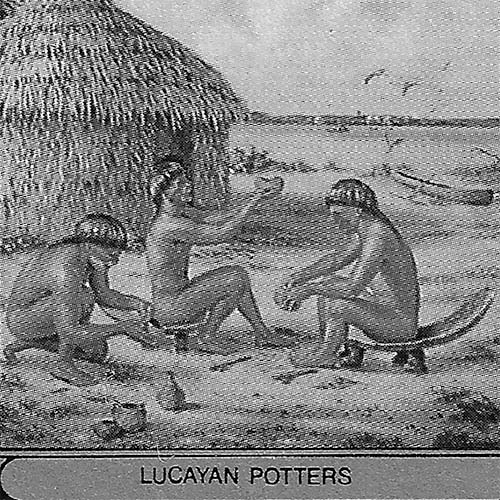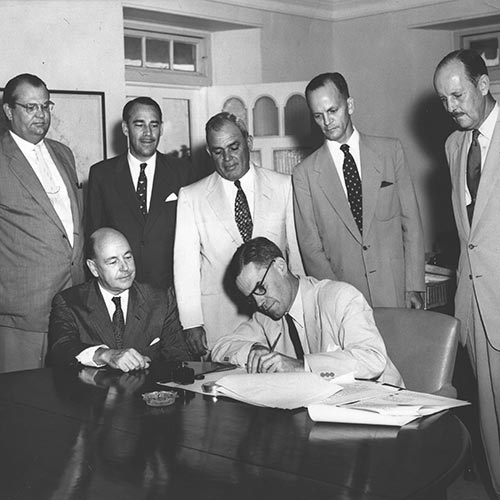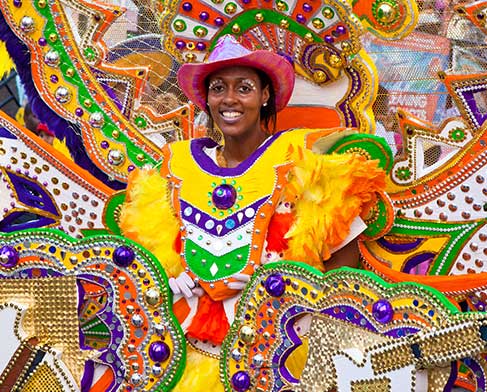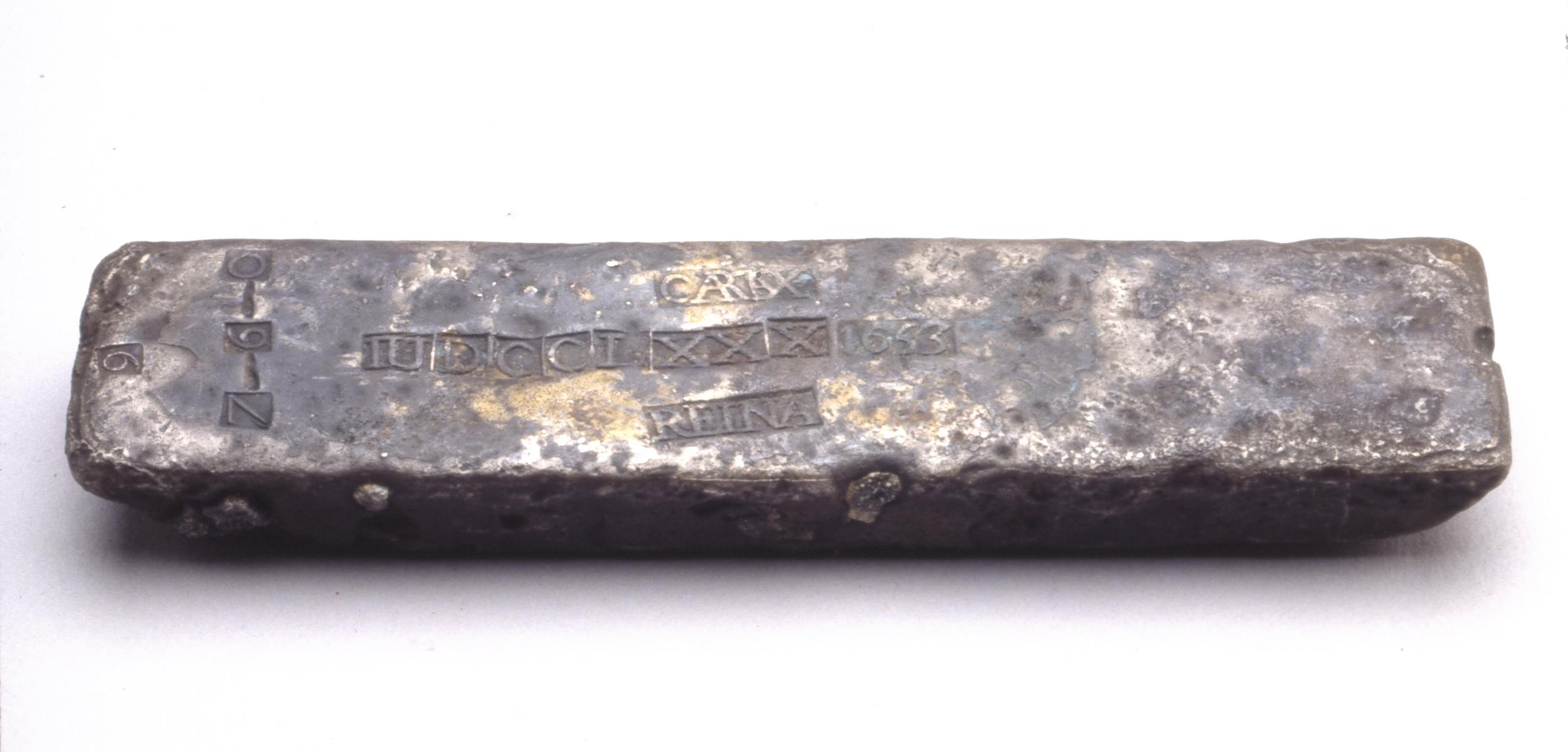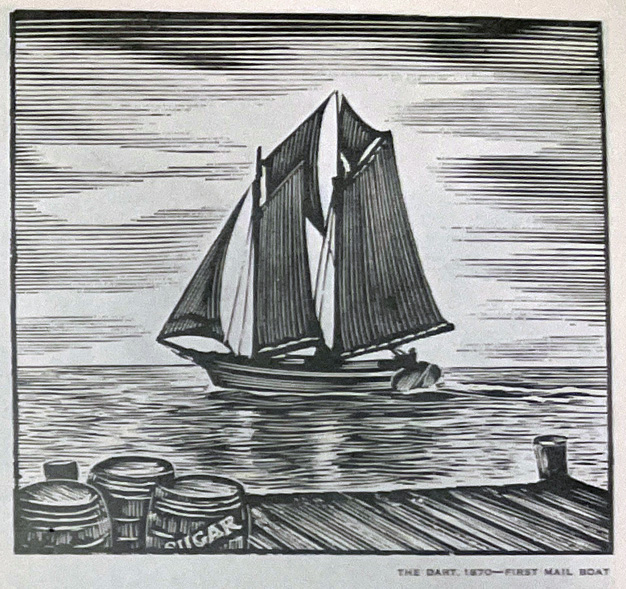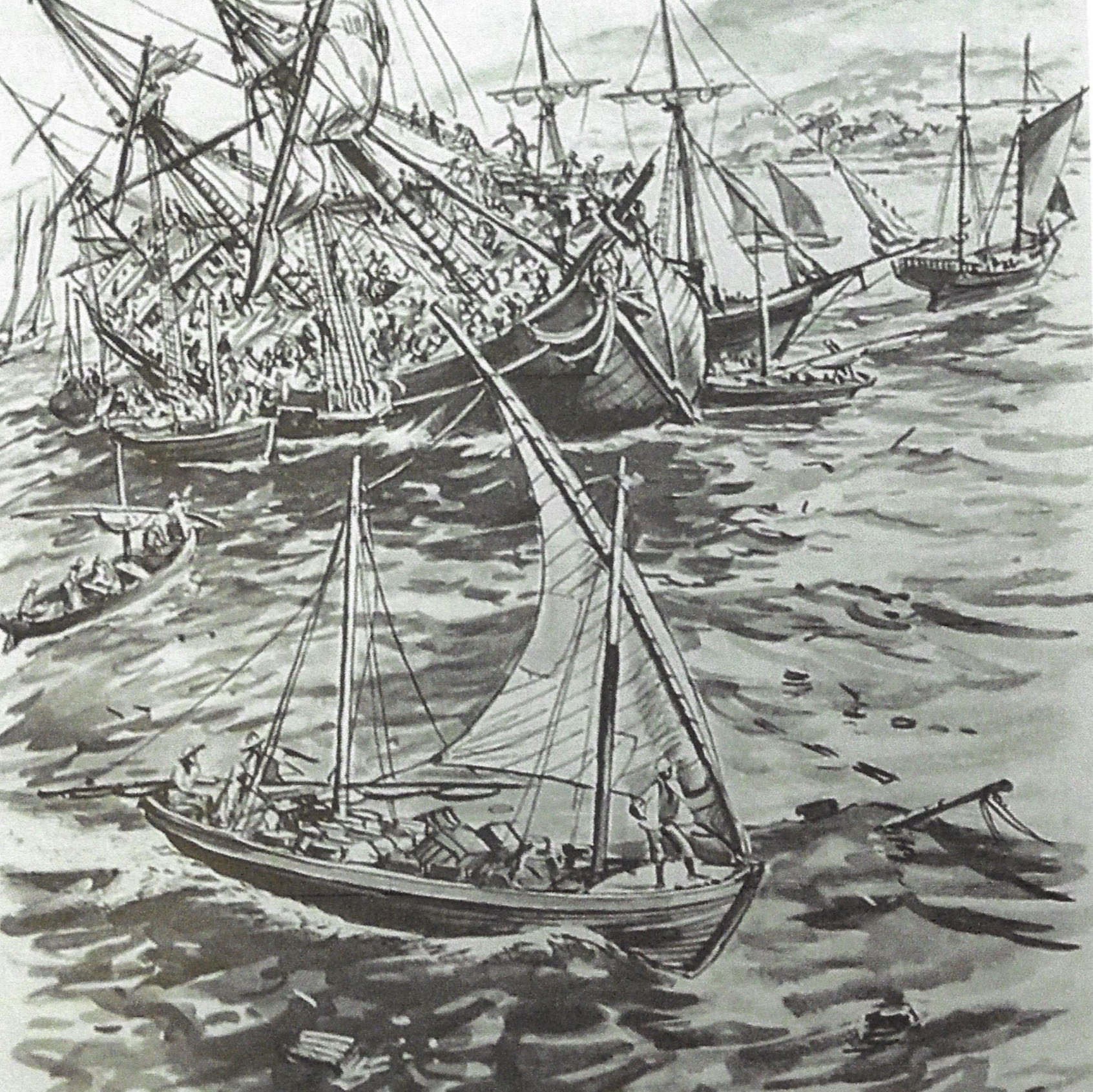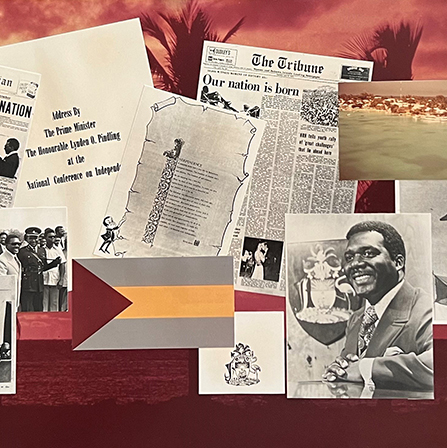Maritime & Aviation
The Maravillas – The Richest Shipwreck in the World
On the morning of February 13, 1654, the Consejo de las Indias held a special meeting in Madrid at the orders of Philip IV. The evening before, news had reached the royal court from England that Oliver Cromwell, the Lord Protector of England, had ordered a large fleet of ships readied for a voyage to the West Indies. Although England was then officially at peace with Spain, the members of the Consejo realized that such a fleet could only be sent out to cause Spain serious harm—either to attack and capture one or more of the Spanish colonies, or to make an attempt on the returning treasure galleons late that year. To prevent the latter occurrence, the Consejo decided that an armada should be sent as quickly as possible to the Indies to bring the treasure back to Spain.
As soon as the president of the Casa de Contratacion in Seville received orders to dispatch the armada, preparations got under way and Cadiz and Sanlucar de Barrameda became scenes of frenzied activity. Finally, on May 16, 1654, the Real Armada de La Carrera de las Indias; consisting of eight large galleons, four merchant ships (naos) and two smaller vessels (patches) under the command of Capitan General, the Marques de Montealegre, set sail from Cadiz for the Indies with orders from the king to pick up the treasure from Tierra Firme and return to Spain before the English reached the West Indies.
The Armada Reaches the New World
After an uneventful voyage, the Armada reached Cartagena de las Indias on August 22, 1654, and word was immediately sent overland to the Viceroy of Peru to have the treasure shipped up to Panama. On October 18, 1654, the Armadilla de Mar del Sur; consisting of two galleons—the Capitana and Almiranta—sailed from the port of Callao with more than 10 million pesos in treasure filling their holds. During the night of October 26, the two ships unexpectedly found themselves in shallow water off the coast of Guayaquil, Ecuador. After striking some rocks a few times the Almiranta managed to escape the danger and reached Panama, but the Capitana wrecked on Chanduy Reef and was totally lost. Meanwhile the Armada of the Marques de Montealegre was anxiously awaiting in Cartagena for news of the arrival of the treasure.
The president of Panama quickly dispatched salvage vessels and divers to Chanduy. By the middle of March 1655, the salvors had recovered more than 2,800,000 of the five million pesos in treasure from the sunken Capitana, including a solid gold statue of the Virgin Mary holding the Christ Child. Then, all of the treasure from both galleons was transported overland to Porto Bello, Panama and after the arrival of the Armada de Montealegre, a grand fair was held in celebration.
English Threats
On May 13, just as the Armada was preparing to sail for Havana and Spain from Cartagena, news reached that port that an English fleet of 65 large warships had laid siege to Santo Domingo, so Montealegre decided that it was too dangerous to sail. By this time, unknown to Montealegre, the English had been repelled from Santo Domingo and had gone on to attack and capture Jamaica.
On July 1, an advice boat reached Cartagena from Spain with orders from Philip IV that the treasure must reach Spain as quickly as possible regardless of what dangers were involved. Two days later the Armada set sail. As it approached Cabo San Antonio, the western tip of Cuba, a small boat advised them that 27 English warships had been sighted in the vicinity several days before, so Montealegre took his Armada to Veracruz, Mexico, to keep it out of English hands. On August 25, word reached Veracruz that the English fleet had abandoned their blockade of Havana and had sailed for England, so the Armada then sailed for Havana after embarking more treasure and goods from Mexico and the Philippines.
Treasure Ships
The Armada reached Havana on October 10. Many of the ships were in dire need of repairs, so more time was lost while this was accomplished. Although Montealegre had eight galleons capable of carrying the treasure, he decided to carry the majority of it aboard his own Capitana, the Nuestra Senora del Lim pia Concepcion; and the Almiranta, the Nuestra Senora de Ia Maravilla (Our Lady of the Marvel), commanded by Admiral Mathias de Orellana. Each of these ships carried more than five million pesos in treasure—gold, silver, jewelry, precious stones and pearls plus some cochineal, indigo, sugar and dyewoods.
Collision & Sinking
After all who were sailing had heard mass in Havana's great cathedral, the ships left port at noon on January 1, 1656. Around midnight on January 4, the lookout on the Almiranta Nuestra Senora de Ia Maravilla, which was the lead ship of the Armada, discovered that they were suddenly in shallow water on a sand bank and a cannon was fired to warn the other ships to head away from the danger. In the confusion that ensued, mainly because the ships' pilots thought they had already passed through the dreaded Bahama Channel and were in the open ocean and, in addition were unsure why the Maravilla had fired a cannon, several of the ships continued on their original headings and one of them collided with the Maravilla. The Maravilla received a large hole in her bow below the waterline and began to fill rapidly, despite the fact that all four of the ship's pumps were manned and everyone aboard the stricken galleon was bailing with whatever was available. Seeing that there was no chance of saving the ship, Admiral Orellana decided to run the ship aground to prevent her from sinking in order to save as many lives and as much of the treasure as possible.
In less than 30 minutes after the collision, the galleon struck violently on a coral reef and then slid off, finally sinking in about 50 feet of water. No sooner had the ship settled to the bottom, when a strong northerly wind began to blow, creating enormous waves and the ship began to break into pieces. The majority of the 650 souls on the galleon grabbed hold of the floating pieces of debris and drifted away, never to be seen again. About 150 others clung to pieces of the galleon which still stuck above the water, but many of them died from exposure during the night and were eaten by sharks as they fell into the water.
By sunrise there were only 45 survivors and many of these were in bad condition. Another galleon of the Armada had also struck a reef but miraculously lost only her rudder and had anchored about a league north of the lost Maravilla, while the rest of the Armada had escaped danger and continued on their way to Spain. Despite the storm which was still raging, the 45 survivors were rescued and carried to the other galleon which was commanded by Captain Juan de Hoyos. After a new rudder was built and buoys were placed on the site of the wreck, by which time no part of her was visible, Hoyo's galleon left for Spain.
Going After the Treasure
Very little of the treasure was destined to reach the coffers of Philip IV. An English squadron was waiting for the Armada off Cadiz and managed to capture or sink all of the ships except for two small vessels which were not carrying valuable cargo.
After suffering another great storm south of Bermuda, in which Hoyo's galleon was further damaged, he headed for Puerto Rico to make repairs but as he approached the island contrary winds stopped him from entering any port there and he continued on to Cartagena de las Indias, arriving on March 10, 1656. After learning of the loss of the Almiranta, the Governor General of Cartagena dispatched six frigates with 40 divers and a large number of soldiers, under the command of Capitan Juan de Somovilla Texada, a military engineer then in charge of building fortifications in Cartagena, to find and salvage her. The salvage vessels reached the site of the wreck which was on the Little Bahama Bank, around the middle of June 1656, and found that the Maravilla had been broken into many small pieces and scattered over a large area. In 13 days, they managed to recover 480,000 pesos in treasure; then a bad storm struck and they had to run for a safe port. Four of the ships carrying the salvaged treasure were lost—two on the Coast of Santo Domingo and two on a reef off Cayo Gordo in the Bahamas. The two remaining vessels managed to reach San Juan de Puerto Rico and later were used to salvage most of the treasure off the other four which had been lost.
Maravilla – Lost & Found
During the following three years other salvage vessels managed to recover about one quarter of the Maravilla's treasure, but when they returned for the fifth season of salvaging, they were unable to find any trace of the shipwreck which had been completely covered over by shifting sands. For more than 20 years repeated attempts were made to locate the wreck—which not only contained the greatest treasure ever lost on a single ship, but also, reputedly, a gold statue of the Virgin and Christ Child which had been sent from Lima. It appeared that the Maravilla was lost forever. But such was not the case, for divers were to find her more than 300 years later, in the summer of 1972.
Spanish Galleons: Salvage of the Maravilla
Click here to learn more: divingthemaravillas.wordpress.com
Click here to learn more: Divers in Bahamas Claim Booty Worth 16 Billion
Click here to learn more: The Salvage of the Nuestra Senora De La Maravillas of 1656
Click here to learn more:
‘Billion Dollar’ Treasure Exploration Heating Up
